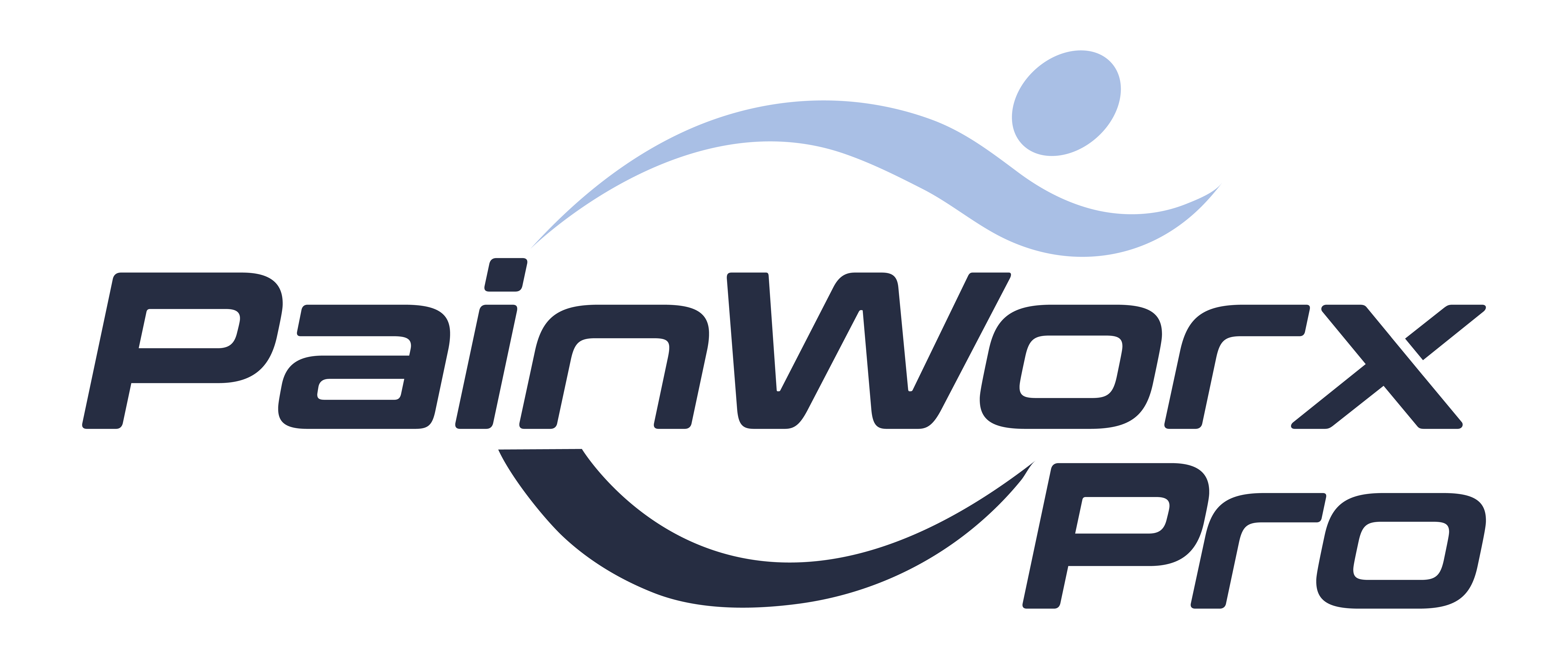RF Therapy Basics
Table Of Content
What is the difference between Radiofrequency Ablation (RFA) and a Diagnostic Block?
Both radiofrequency ablation (RFA) and a diagnostic nerve block are interventional pain management techniques used to treat chronic pain, but they serve different purposes and work in different ways.
A diagnostic nerve block is used to identify the source of pain. It temporarily numbs a specific nerve or group of nerves to determine if they are the pain generators.
- A local anaesthetic is injected near the suspected nerve.
- If the pain relief is significant, it confirms that the targeted nerve is responsible for the pain.
- The pain relief is temporary (usually lasting a few hours to a few days).
- Helps determine if a patient is a good candidate for RFA or other nerve treatments.
RFA is a treatment that uses heat generated from radiofrequency energy to destroy pain-causing nerves, providing longer-lasting relief.
- A specialized needle is inserted near the targeted nerve.
- A small electrical current tests the correct nerve by reproducing the pain or twitching muscles.
- Once confirmed, the probe delivers radiofrequency waves that heats the nerve tissue, damaging or destroying it to prevent pain signals from reaching the brain.
- Pain relief can last months to years since the nerve takes time to regenerate.
When to Use Pulsed Radiofrequency vs. Heat (Conventional) Radiofrequency
PRF and CRF are two different techniques used for nerve ablation in pain management. The choice between them depends on the pain condition, nerve type, and treatment goals. The use of pulsed or thermal is also based physician preference. It is recommended to read clinical reviews to understand the clinical data that supports thermal and pulsed RF applications.
CRF uses continuous high-frequency electrical energy to generate heat (60-90°C), which destroys the targeted nerve; preventing the nerve from transmitting pain signals. Best for chronic musculoskeletal pain where nerve regeneration is slow.
Typically used for:
- Chronic pain from facet joints (neck, back, lumbar, sacroiliac joint pain)
- Medial branch nerves (for facet joint pain)
- Genicular nerves (for knee pain)
- Sphenopalatine ganglion (for chronic headaches)
- Dorsal root ganglion (DRG) (for some neuropathic pain)
PRF delivers short bursts of RF energy at a lower temperature (<42°C) to modulate nerve function without destroying the nerve. It is thought to alter pain pathways by affecting cellular signalling and gene expression.
Typically used for:
- Neuropathic pain conditions (sciatica, complex regional pain syndrome [CRPS], post-herpetic neuralgia) that may worsen with nerve destruction
- Peripheral nerves (trigeminal neuralgia, occipital neuralgia, suprascapular nerve pain)
- Spinal cord and dorsal root ganglion (DRG) (to avoid nerve destruction)
- Patients who cannot tolerate nerve destruction due to motor function concerns
How to determine lesion size?
Lesion size is determined by 5 factors: time, temperature, mode, tip length, tip diameter.
The required ablation size will be dependent on the area being treated – smaller anatomical structures such as the occipital nerve will require a much smaller burn compared to larger structures such as the sacroiliac joint
How often can patients undergo RFA?
RFA is not a permanent procedure. Studies indicate that patients will typically experience anywhere from 6 to 18 months of pain relief.
Most country guidelines state that an RF procedure can be repeated up to 3 times before it is no longer a viable treatment option – this can vary from country to country, so it is important to read guidelines.
It is possible to apply RFA for patients with a pacemaker?
Yes, RFA can be safely performed on a pain patient with a pacemaker, but precautions must be taken to avoid interference with the pacemaker’s function. For a patient with a cardiac pacemaker, contact the pacemaker company to determine whether the pacemaker needs to be converted to fixed rate pacing during the radiofrequency procedure. When the pacemaker is in the sensing mode, it may interpret the RF signal as a heartbeat and may fail to pace the heart.
Treating Genicular pain, can you do RF near the metal implant?
Yes, radiofrequency ablation can be done with a patient who has had a knee replacement previously. It is also a good option to try before a complete knee replacement is done.
Can Pudendal Nerve Pain Be Treated with Radiofrequency (RF)?
Yes, radiofrequency (RF) ablation can be used to treat pudendal neuralgia (pudendal nerve pain), especially when other treatments like medications, nerve blocks, and physical therapy have failed. However, PRF is preferred over CRF because it modulates pain without damaging the nerve.
Pudendal neuralgia is a condition that causes pain, discomfort, or numbness in the pelvis or genitals.
Why PRF?
- The pudendal nerve controls pelvic floor muscles, bladder, and bowel function, so permanent nerve damage (from heat RF) could cause incontinence or muscle weakness.
- PRF modulates pain signals instead of destroying the nerve, leading to long-term pain relief with lower risk.
Procedure:
- A PRF electrode is placed near the pudendal nerve using fluoroscopic or ultrasound guidance.
- Pulsed RF is applied at <42°C to neuromodulate the nerve.
- Pain relief may last months to a year, and the procedure can be repeated as needed.
Can Radiofrequency (RF) Be Used for Movement Disorders?
Yes, radiofrequency (RF) ablation can be used for certain movement disorders, but it is less common today due to the rise of Deep Brain Stimulation (DBS) and focused ultrasound (FUS) as more advanced treatment options.
RF is rarely used for movement disorders because:
- Permanent Damage: RF destroys brain tissue permanently, which can lead to side effects if not precisely targeted.
- DBS is adjustable: Deep Brain Stimulation (DBS) allows real-time tuning of electrical stimulation without destroying brain structures.
- Focused Ultrasound (FUS) is Non-Invasive: FUS can create similar lesioning effects without needing surgery or electrodes.
When Is RF Used for Movement Disorders?
RF is primarily used in stereotactic lesioning procedures to destroy overactive areas of the brain that contribute to movement disorders, such as tremors, rigidity, and dyskinesia.
1. Pallidotomy (Globus Pallidus Lesioning)
Used for:
- Parkinson’s disease (PD)
- Dystonia
- Drug-induced dyskinesia
How RF Helps:
RF ablation is used to destroy part of the globus pallidus internus (GPi), which is overactive in Parkinson’s and dystonia. This reduces tremors, rigidity, and involuntary movements.
2. Thalamotomy (Thalamic Lesioning)
Used for:
- Essential tremor
- Parkinson’s tremor
How RF Helps:
RF ablation destroys part of the ventral intermediate nucleus (VIM) of the thalamus to reduce tremors. Used mainly for severe tremors that do not respond to medication.
3. Subthalamotomy (Subthalamic Nucleus Lesioning)
Used for:
- Parkinson’s disease
How RF Helps:
RF ablation targets the subthalamic nucleus (STN), which is hyperactive in Parkinson’s. Can improve bradykinesia, rigidity, and tremors.

